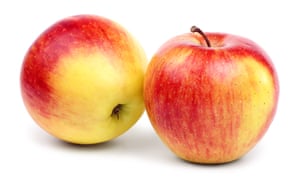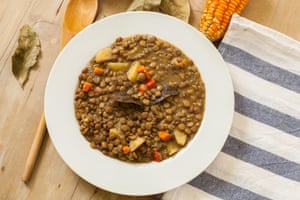
Get a feel for the figures
Fibre, or roughage, refers to indigestible carbohydrates. A fibre-rich diet is linked to health benefits including a reduced risk of heart disease and bowel cancer. While UK guidelines say adults should get 30g a day, fewer than one in 10 meet this goal. Popular low-carb diets may be a reason why. Understanding what is in your food can help: a typical apple contains 2-3g of fibre, a sesame bagel about 4g. Jo Greening, a spokesperson for the British Dietetic Association (BDA), says it is worth checking the labels, as different brands have different levels of fibre.
Switch to wholegrain
Simple substitutions can boost your fibre intake without you radically rethinking your diet. By moving to bran flakes from rice puffs for breakfast, wholemeal rather than white bread for a sandwich at lunchtime, and brown rice instead of white for dinner, you can raise your fibre intake by several grams.
Top up your meals

Greening recommends adding a handful of raisins or nuts to breakfast cereals, seeds to salads, and chickpeas or lentils to a stew. “Half a can of chickpeas is about 7g of fibre – and that can help to reduce the amount of meat you are adding,” she says, adding that bulking meals out with vegetables helps. “Have baked beans on two slices of toast and you are already at 13g.” Keeping the skins on potatoes also adds fibre to a meal.
Ditch the juicer for a blender

Greening says it is better to eat fruit as solids rather than turn them into drinks, as juicing makes the sugar in fruit much more readily available. If you can’t give up slurping, go for a blender. “Juicers remove a lot of the fibre, whereas blending smoothies keeps the fibre in there,” says Prof Pete Wilde of the Quadram Institute. To keep sugars down, he says, it is better to use low-sugar fruit or even just vegetables.
Take it slowly
To avoid digestive problems such as bloating, gas and diarrhoea, Greening says it is important to increase fibre gradually, rather than boosting consumption suddenly. Consume plenty of fluids, too: the BDA recommends 8 to 10 cups a day, at regular intervals.
[“source=theguardian”]